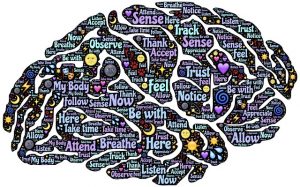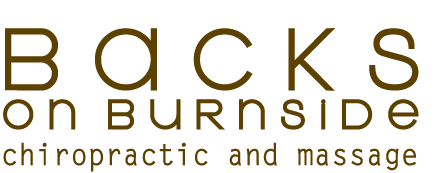The link between physical and emotional pain
We all bring different histories to present time. ‘Our body keeps score,’ as Dr. Bessel Van der Kolk says in his book on trauma. The medical model teaches us that pain and suffering are a result of disease or injury. Certainly, tissue damage and inflammation are often accompanied by pain—pain that remains until the tissue is healed and then disappears. But what about chronic pain? In this case, something has gone awry and our body is betraying us. We want to live a healthy, pain-free life, but we are suffering with migraines, back pain, uncomfortable digestion, etc. It weighs on us and keeps us from functioning and living in a full and harmonious way.
There’s another perspective that suggests that our body is not betraying us, but rather it is trying to get our attention. Our bodies are signaling in a code we can’t decipher, tapping out signals, trying to let us know that something is going on that is hidden from our conscious mind. Research on pain is showing us several things. Functional MRI’s have identified areas of the brain that light up when the body is injured, and tissue is traumatized. Several studies using functional MRI have also identified the very same areas of the brain lighting up when emotional stress is triggered. Study subjects were shown photographs of ex-partners who had broken off the relationship within the last six months. In these subjects, the same areas of the brain that transmit injury-induced pain lit up when emotional pain was triggered. Another study involved participants playing a computer game that at some point ostracized them from the game. Functional MRI’s again showed that social rejection lit up pain-generating areas in the brain.
Decoding the Pain Signal
Chronic pain and dysfunction are messages that originate in the brain and are sent through well used pathways giving us information. Because the pathways for injury and emotional pain use the same tracks, the message of pain that is delivered says, “stop that, don’t do that”. These messages are appropriate if our arm is broken and our body is telling us not to use it, but if the pain being generated by the brain is from stimuli not triggered by an injury, then what? We fall victim to the messages, start restricting our lives, and end up feeling less capable. The message the body is sending may be due to buried emotions related to circumstances that we had no control over; circumstances that we were unable to respond to at the time. These unexpressed reactions and emotions now become a volley of undecipherable code that is locked on send. It’s sending out an SOS, but no one is coming to rescue us. What we are given for our pain helps us survive but not thrive. We get relief for a short period of time, or strategies to manage the symptoms, but nothing makes us feel fully alive

Steps to Reprogram The “Brain and Pain” Loop
Pain is real whether it’s caused from an external injury, disease or generated by the brain from unconscious emotional processes. When pain doesn’t stop after tissues have healed, or the diagnosis doesn’t explain the pain, treatment can be directed to re-programming the brain to unlearn these patterns. Here are 4 steps to help start the ‘brain and pain’ re-program process:
- Acknowledgement: After a thorough medical work up, acknowledge on a deep level that the diagnosis is not related to the symptoms that you’re experiencing. The diagnosis is not the cause of your pain nor is it something that should determine how you function. Degeneration, bulging discs are not diseases but common signs of aging like gray hair.
- Stable Routine: Normalize your activity and routines. Movement is good, the body craves it. Self-care that is designed to be kind and nurturing and reduce pressure is also helpful.
- Emotional Check-In: Identify emotional content that might be associated with the pain. This can be done by writing in a journal or working with a mind-body therapist. Emotional content may be affecting areas of the brain and creating a loop that is no longer necessary or useful.
- Daily Integration: Integrate this information into your daily life through lifestyle changes, meditation, kindness.

